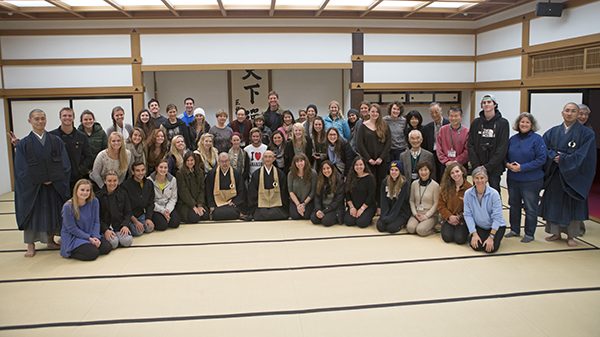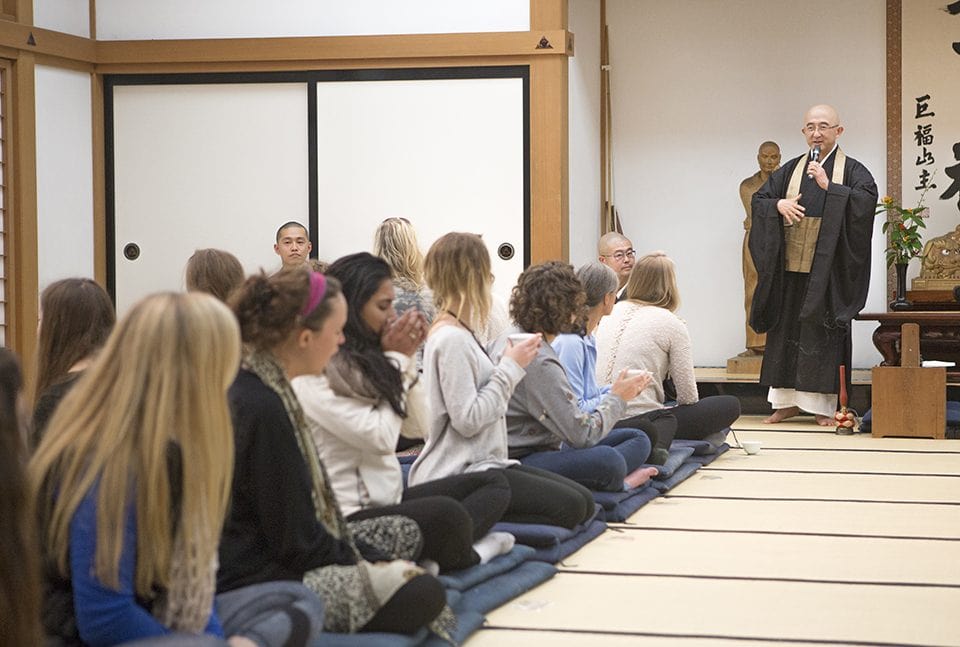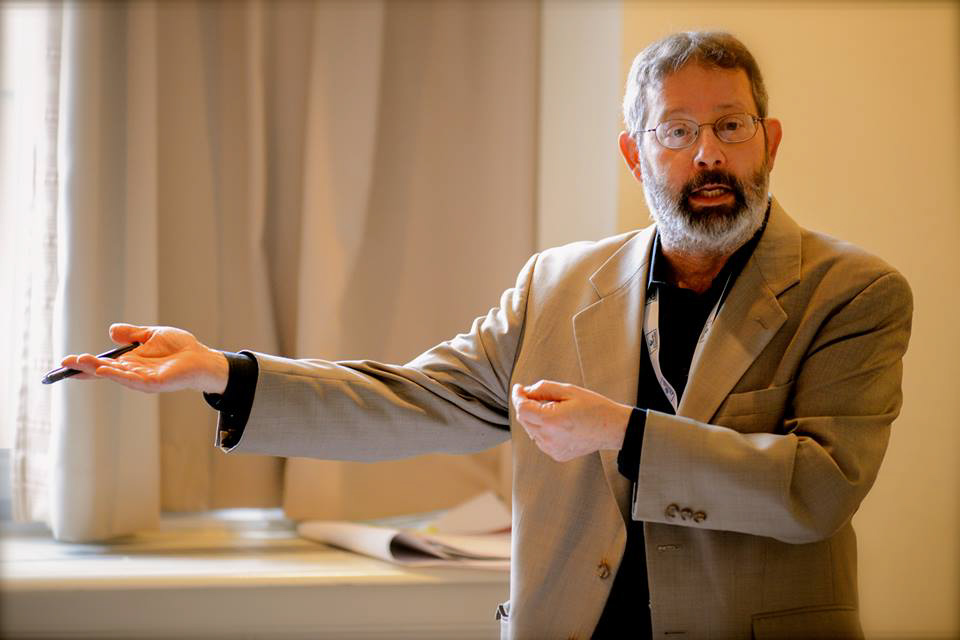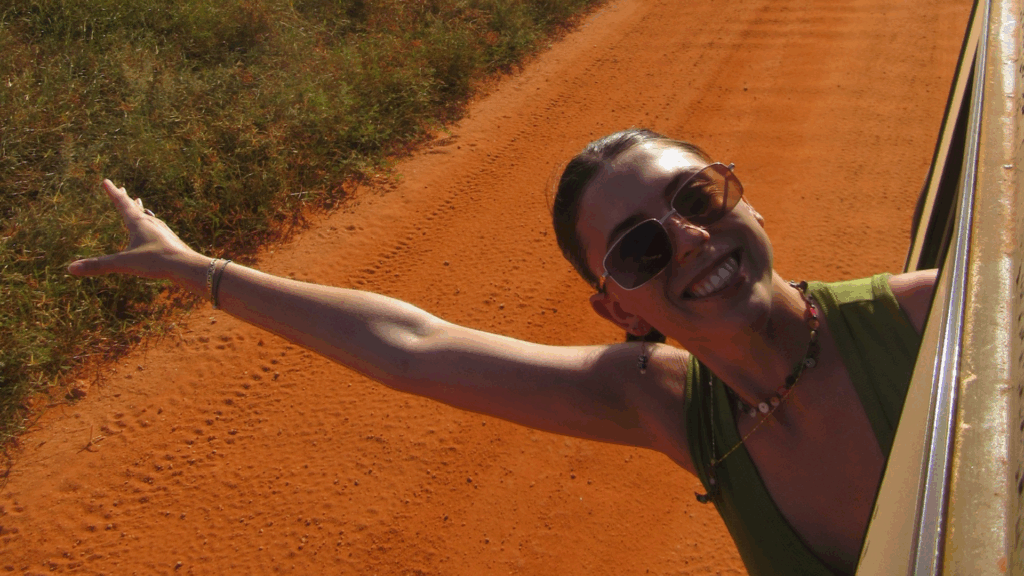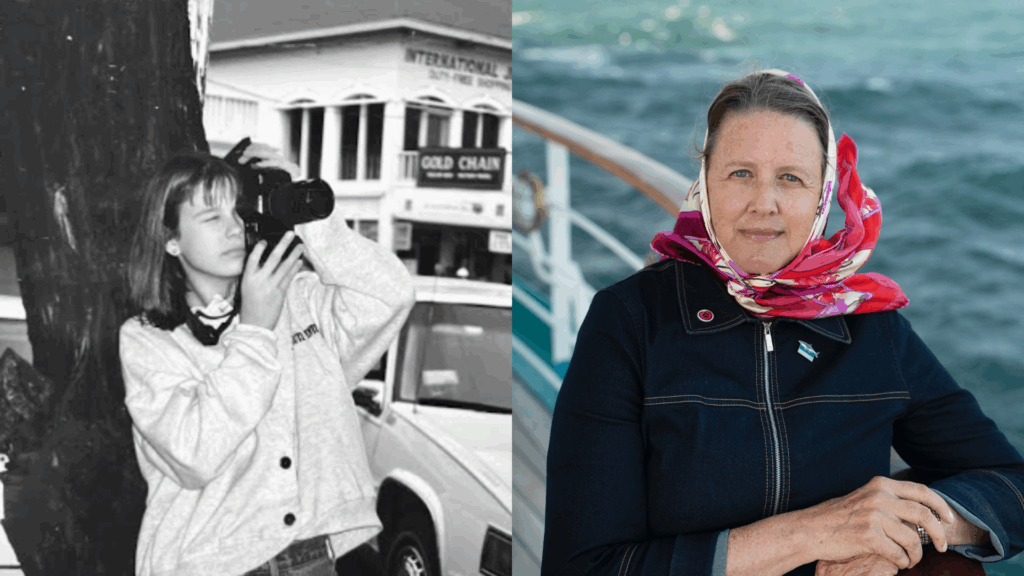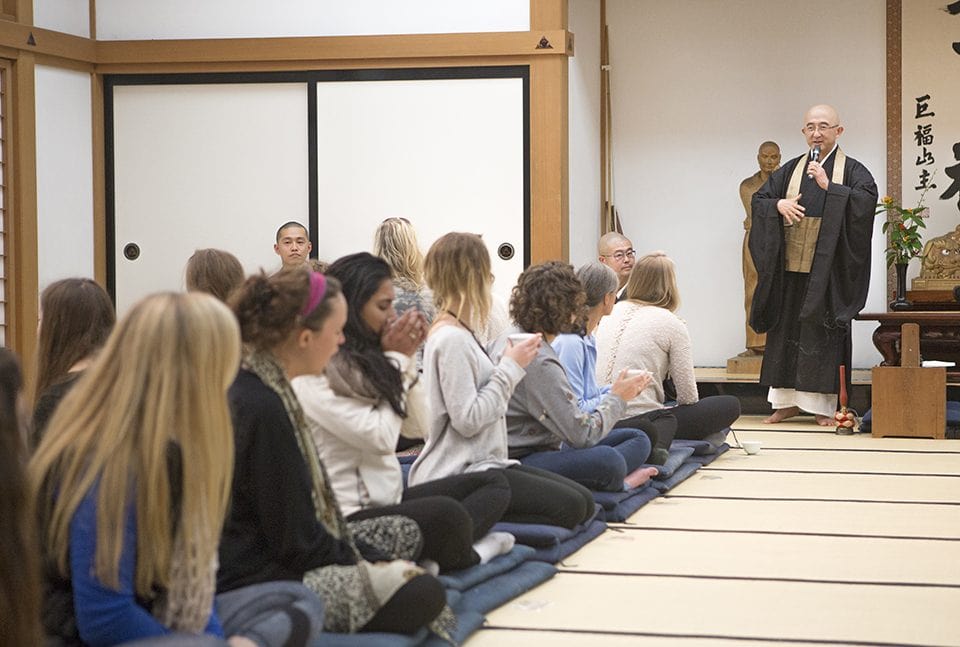
“Do not make this practice a source of pressure, compulsion, anxiety or pride. It is none of these. Zazen is simply a way to find your true home.” -Brenda Shoshanna
After being in classes for the last two weeks and with the rest of the semester and ports ahead of us, our group of Spring 2015 participants were urged to clear our minds and focus on just our breathing. We were about to experience Zazan, seated meditation that is a primary focus of Zen Buddhism. We didn’t travel to just any temple for Zazen, we took a short train ride from Yokohama to Kamakura to the Kencho-ji Temple, the oldest Zen training monastery in Japan.
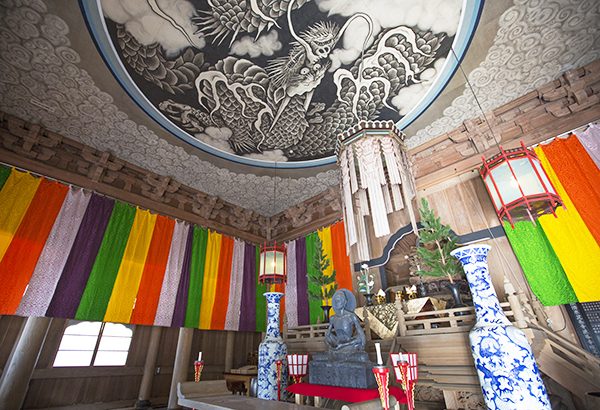
Kencho-ji Temple was constructed in 1253 and founded by Rankei Dory≈´, a Zen Master who had moved to Japan from China. After exploring the grounds of the Temple, we were guided to the meditation hall. Four monks spoke about the basics of Zazen; the posture, breathing, and hand placement. After everyone took their cross-legged seats on their zafu (cushion), we began with a gassho bow.
With a straight spine, eyes open and looking downwards at a 45-degree angle, we sat for 15 minutes, breathing in and out deeply. The monks helped correct posture and offered reminders about our breathing. If one became distracted or sleepy, we were instructed to put our palms together to bow, then place our elbows on the floor for four taps on the back by a monk with the keisaku, a flat wooden stick. This is not intended as punishment, but to invigorate and refocus the meditator.
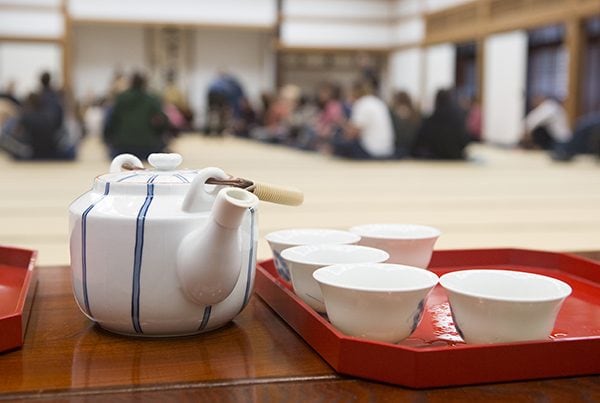
After three 15 minute seated sessions and one walking meditation session, we were served green tea and asked if there were any questions for the monks. One question posed by a student was “What happens if your foot falls asleep during Zazen? What do you do if you feel pain?” The monk answered, “Sometimes life is uncomfortable. Sometimes you just need to experience the discomfort.”
Everyone left the session a bit more relaxed and with a better understanding of Buddhism and Zen meditation. While the ‘monks in training’ left the temple to get back to the MV Explorer, we learned and experienced the benefit of clearing our minds that will serve everyone well the rest of the semester.
“Sitting fixedly, think of not thinking. How do you think of not thinking? Nonthinking. This is the art of Zazen.” -D≈çgen Zenji
